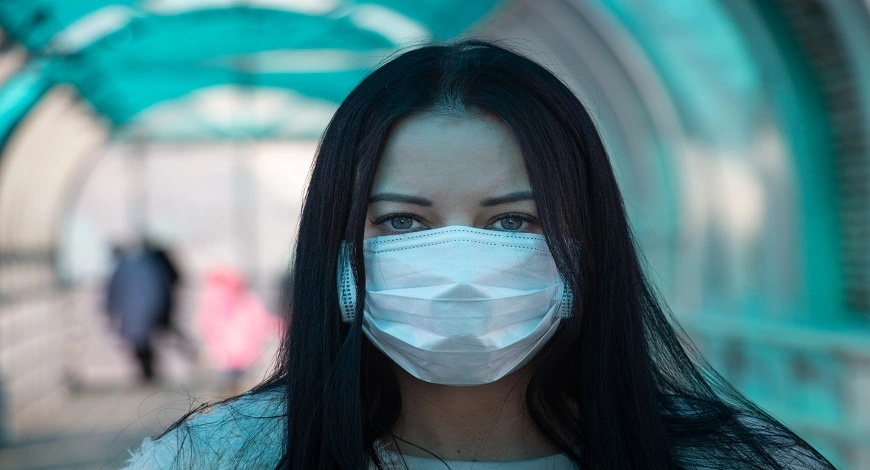As a result of the climatic shift, influenza (flu) is becoming a nationwide problem. In the meantime, the Indian Council of Medical Research (ICMR) has confirmed that the H3N2 virus is spreading throughout the majority of the country, including the capital region of Delhi-NCR, causing people to experience high fever, cough, and cold. Due to the unexpected increase in cases of this virus, the number of hospital patients has also increased. Everyone has been encouraged to take additional health precautions during this season and to continue taking anti-flu measures.

Copyright: https://www.vperemen.com
According to doctors, the H3N2 virus, a variation of the Influenza-A virus, is the cause of hospital overcrowding over the past month. From December to March, the number of influenza A H3N2 cases increased steadily. In addition to respiratory illness, the majority of individuals are experiencing headache-body discomfort, cold-cold, and high fever.
There is a need for hospital admissions.
Although influenza is rarely a very severe illness, numerous H3N2 virus-infected individuals must be hospitalised, according to reports. More than ninety percent of these patients have high fever and phlegm, twenty-seven percent have difficulties breathing, sixteen percent have pneumonia, and six percent have convulsions.
7 percent of patients were admitted to the intensive care unit due to severe illness.
Why are there severe cases of influenza?
According to health professionals, the H3N2 virus is more contagious and causes more severe symptoms than other influenza viruses. Although this is not a new variety, it has been observed in the past. Compared to the ordinary influenza infection, it can cause a more serious disease, the severity of which can be mitigated by prompt treatment.
This infection always begins with chills, a high fever, and a cough that leads to various respiratory problems.
Who is at the most risk?
According to doctors, the majority of infected individuals may experience fevers between 102 and 103 degrees. Due to bodily aches and other respiratory issues, further difficulties may also be experienced. The majority of patients recover with antiviral medication, but those with compromised immunity may need hospitalisation.
Although Influenza-A is normally self-limiting, that is, it heals on its own within a few days and does not require hospitalisation, physicians have cautioned that the disease could take on a severe form due to increased pollution levels and temperature variations.
How can one prevent infection?
Infection prevention and its spread, according to doctors, can be decreased by bearing in mind a few basic points.
Avoid close contact with those exhibiting signs of infection.
Remain at home and rest while ill.
Cover your mouth and nose whenever you sneeze or cough.
Maintain the cleanliness of your hands.
Avoid often touching your eyes, nose, or mouth.
Continue taking efforts to boost the body’s immunity.
This article is based on medical findings and the recommendations of health professionals.
Disclaimer: All articles published in the Health & Fitness section of Docnetplus are based on consultations with physicians, professionals, and academics. Docnetplus’s expert journalists have checked and double-checked all the facts and information in the article. This content was written in accordance with all guidelines. This material has been developed to boost the reader’s knowledge and awareness. About the article’s information, Docnetplus makes no claims and disclaims all liability. Contact your physician for more information about the disease discussed in the preceding article.
